Icon depicting the Twelve feasts
Egg tempera and mixed technique on gold leaf applied on table, 38 x 31 cm
The icon, from the Greek eikon, image, presents the narrative of some episodes of the life of the Virgin and Jesus, constituting a treatise on color theology. The icon in analysis, called "of the twelve feasts" includes in separate boxes the traditional representation of all the most important feasts for the liturgical calendar of the Orthodox church. The icons depicting the 12 festivals keep the number fixed but may undergo some variations iconographic. In the analysed icon twelve episodes are arranged around a larger scene, at the center of the table. The central episode refers to the Resurrection of Christ and his Descent into the Underworld. The figuration is divided into two overlapping scenes; above there is Christ, enclosed in an almond of light, symbol of his divine nature, hidden by that human, who rises from the tomb. The almond that surrounds the figure of Christ indicates the Glory radiated by the divine person who is the incarnate Word. Below, Christ, always in an almond of light, is depicted in the Limbo, among the patriarchs of the Old Testament, intent on freeing and bringing to heaven the souls of the blessed. Following the Byzantine tradition, around the main panel there are twelve episodes related to the Despotic festivals, in memory of events in the life of Christ, and the Theomirotic festivals, related to the Mother of God.






























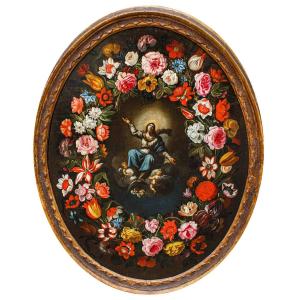





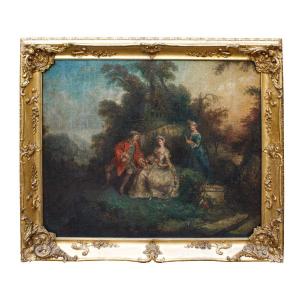
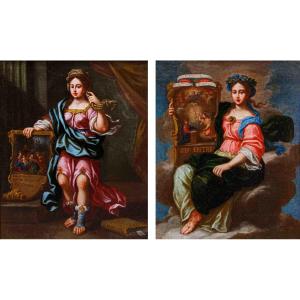





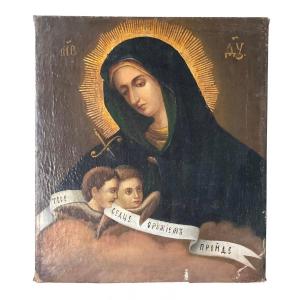
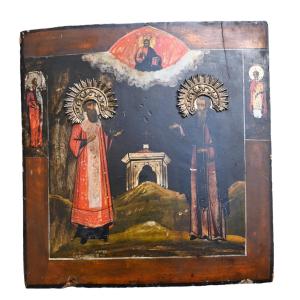





 Le Magazine de PROANTIC
Le Magazine de PROANTIC TRÉSORS Magazine
TRÉSORS Magazine Rivista Artiquariato
Rivista Artiquariato